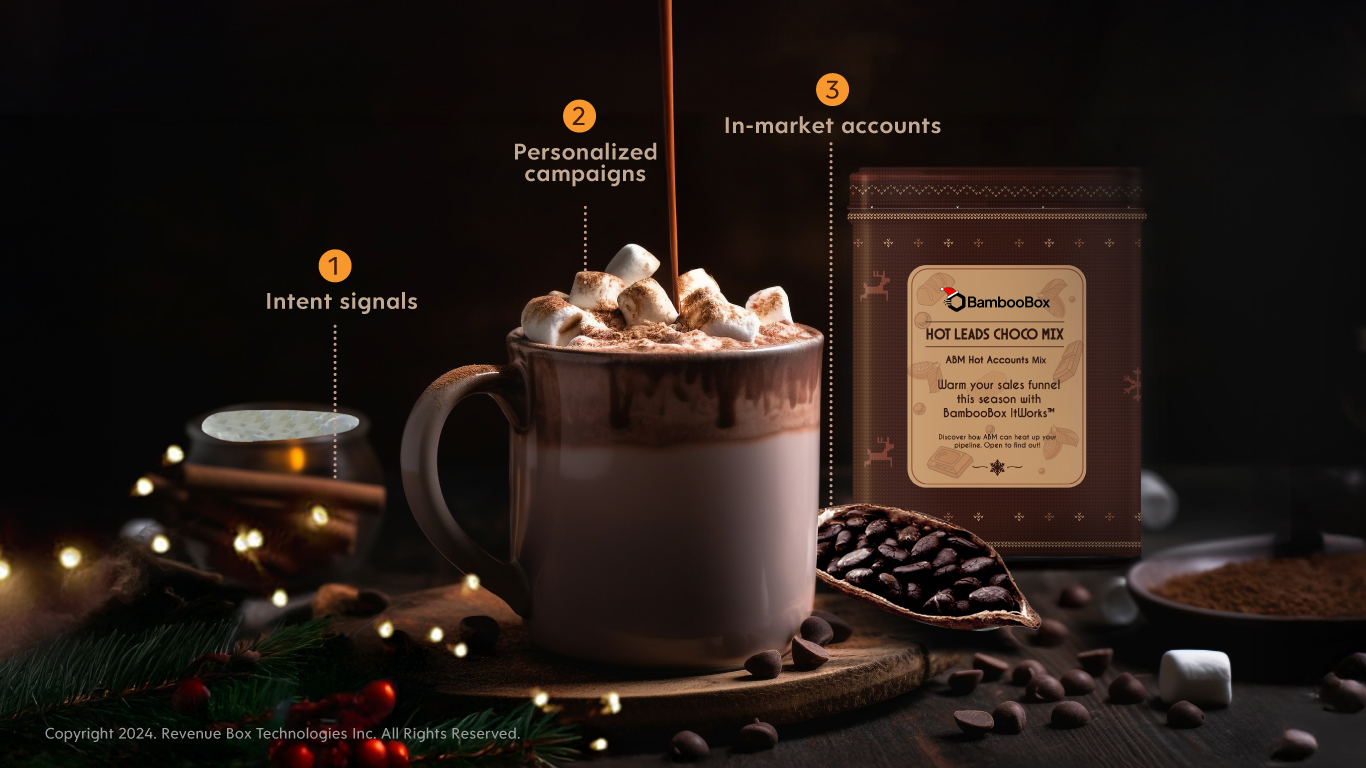When you’re engaged in a lengthy process like the B2B sales cycle, creating your own marketing funnel helps. It is essential for identifying all the vital touch points in the customer journey.
Before we move on to discuss the core details of the B2B marketing funnel, let’s understand what it really is. A B2B marketing funnel is a graphic visualization of all the steps taken by your B2B prospect. It maps out their journey on the way to becoming your customer and beyond.
Stages in the B2B marketing funnel
The typical B2B marketing funnel comprises three broad stages depicting the journey of a lead to becoming a customer.
Top of the Funnel (TOFU)
This stage includes all the potential customers that want to explore your products and website, with or without the intention of buying. It captures the initial stages of interaction of a prospect with your product. You can use the initial interactions to capture prospects’ attention in the form of
- Informative blogs
- Attractive infographics and product taglines
- How-to videos
- Podcasts
Middle of the Funnel (MOFU)
If you are able to trigger the interest of prospects, some of them will slide into the next stage of the B2B marketing funnel. Here, the leads have some interest in your products and start exploring them to evaluate solutions. The goal here is to compel your prospects to keep browsing and discovering more. This is where you can promote your unique value proposition.
At this stage, you know enough about your leads and their behavior. You can start utilizing this information to offer a personalized experience to your leads. A lot of tools and templates are available online to help marketers build their own B2B marketing channels.
Bottom of the Funnel (BOFU)
This stage is also known as the decision stage. This is where the leads take their purchase decisions. As customers move down the B2B marketing funnel, your offers have to change accordingly. Depending on your business type, you can attract them by offering free trials and demos, scheduling a consultation call, or asking your salespeople to call them.
Just like the shape of a funnel or an inverted triangle, your target buyer base decreases in each stage. All accounts at the top are funneled down through the stages to result in some deals in the end.
Why is B2B Marketing Funnel Important?
A B2B marketing funnel is vital for identifying crucial customer behavior patterns that can impact your B2B sales. These patterns observed through the funnel stages show you how your target accounts engage with your brand across the buying journey. The insights extracted from these patterns can be developed into predictive analytics models. This will help you determine the set of activities that can move an account from one stage to another.
Below are the benefits of creating a B2B marketing funnel for your business.
Tracking customer activities and reach
Establishing a B2B marketing funnel helps you keep track of buyer behavior to identify crucial patterns. Information like new visitors, channel traffic, marketing, and advertisement reach can offer you an insight into your marketing effectiveness.
Analyzing customer engagement
Establishing a B2B marketing channel will empower you to analyze specific metrics related to buyer engagement. Time spent on your website, frequency of visits, and time spent scrolling specific product pages help you gauge customer interest and intent.
Forecasting sales
While tracking your target accounts through the B2B marketing funnel, you get a visibility of the accounts in the opportunity stage. This can help you forecast your sales and be prepared to influence your pipeline to meet revenue goals.
Boosting Pipeline Velocity
It’s hard to improve what you can’t track. With a funnel in place, you can enable your revenue team to track the pipeline velocity. You get an understanding of the accounts that are stuck in specific stages. So, you know what stage-specific action could move them further.
How to Create a B2B Marketing Funnel?
It can be easier to pick a readily available b2b marketing template if you are creating one for the first time. However, you might miss out on the chance to accurately represent your pipeline process. You’ll give up the opportunity to capture the buyer activities from your company’s perspective. So, here’s how you can build your own marketing funnel.
- Understand your customer and their behavior
A marketing funnel is a visual representation of the movement of your target accounts through the buying process. So, creating a funnel requires you to actually map out their buying journey stages and behaviors. This means you need to understand who your customers are (ICP) and how they interact with your content and touchpoints.
- Where do you start the journey
While it’s important to have a clear picture of the full funnel, the stage where your business is currently active is where you should start. With a good list of pipeline and existing customers, you might want to start with the bottom stage. Then, work your way up following the behavior of the target accounts relative to your activities.
- Stages in your funnel
With your ideal customer determined and a typical buying journey mapped out, you’ll have an idea of the different stages in your funnel. This will also help you understand the number of stages that your funnel needs to be distributed into.
- Activities for each stage
Your marketing funnel will not only help you track the buying journey of your target accounts. It will also help you visualize what’s stopping them from progressing and what activities can move accounts forward in their journey. B2B buyer journeys being non-linear, revenue teams need to identify the combination of activities on different channels that can do the trick for them.
- Build a bridge between the stages
A critical aspect of a funnel is building continuity between the buyer journey stages. In practice, this means working on activities that would help your prospects smoothly move from activities in one stage to those in the next stage. While you can bring in buyers to your website through a blog post, directing them to a landing page about your product can take them to the next stage.
How can a B2B marketing funnel improve sales?
A B2B marketing funnel has two primary areas of focus:
- Pipeline generation
- Lead retention and nurturing
When you use a B2B marketing funnel, you have a clear picture of customer behavior, engagements, and important touch points. You will get a solid data-driven base for developing your marketing strategies.
You know what your customer is looking for, which products have their interest, and what didn’t appeal to them. This way, you don’t have to rely on assumptions to develop solid marketing strategies to influence their buying decisions. By analyzing your B2B marketing funnel, you can make your pipeline process more predictable.



